Discovering the perfect spot for stargazing is an enchanting pursuit, inviting us to explore the vast expanse of the night sky.
Amidst remote deserts, lofty mountain peaks, and serene wilderness, lie sanctuaries where the celestial ballet unfolds with unparalleled clarity.
These havens, untouched by the glow of urbanization, offer an immersive experience under the canopy of stars.
From the rugged terrains of Death Valley to the pristine shores of Lake Tekapo, each locale unveils the wonders of the universe in its own unique way.
Whether tracing the constellations or chasing the elusive auroras, these destinations beckon with a promise of celestial enchantment, inviting us to gaze upward and embrace the cosmic symphony.
15 Best Places for Star Gazing in the World
Stargazing is a universally cherished activity, offering a mesmerizing glimpse into the vastness of the cosmos.
Here are some of the best places around the world for indulging in this celestial spectacle:
1. Mauna Kea, Hawaii, USA
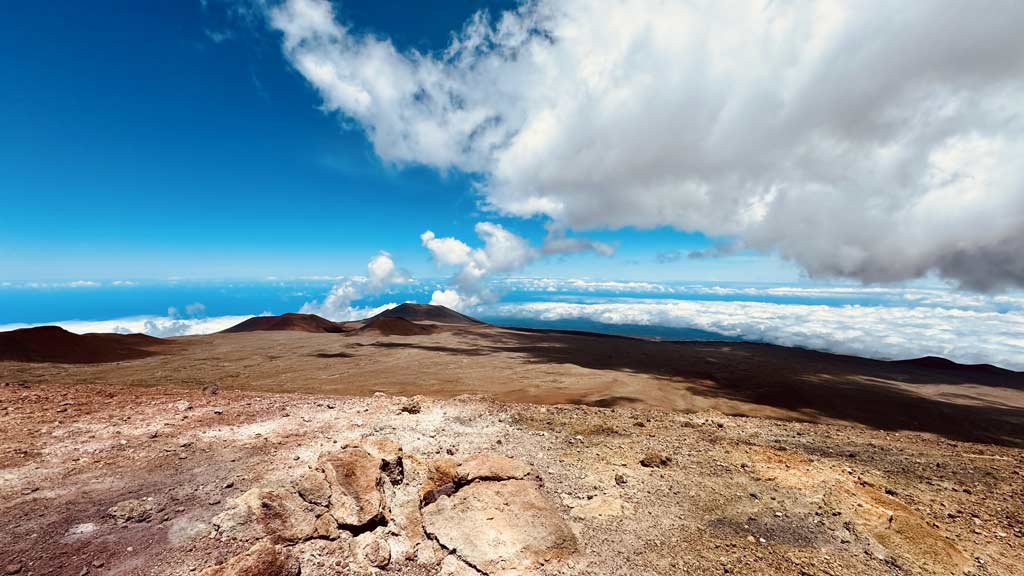
Rising over 13,000 feet above sea level, the summit of Mauna Kea is revered as one of the best stargazing locations on Earth.
Its high elevation places it above a large portion of the Earth’s atmosphere, reducing atmospheric interference and providing exceptionally clear views of the night sky.
The combination of clear air and minimal light pollution makes it an ideal spot for both amateur and professional astronomers.
The Mauna Kea Observatories, perched atop the mountain, house some of the world’s most powerful telescopes, offering unparalleled opportunities for astronomical research and observation.
2. Atacama Desert, Chile
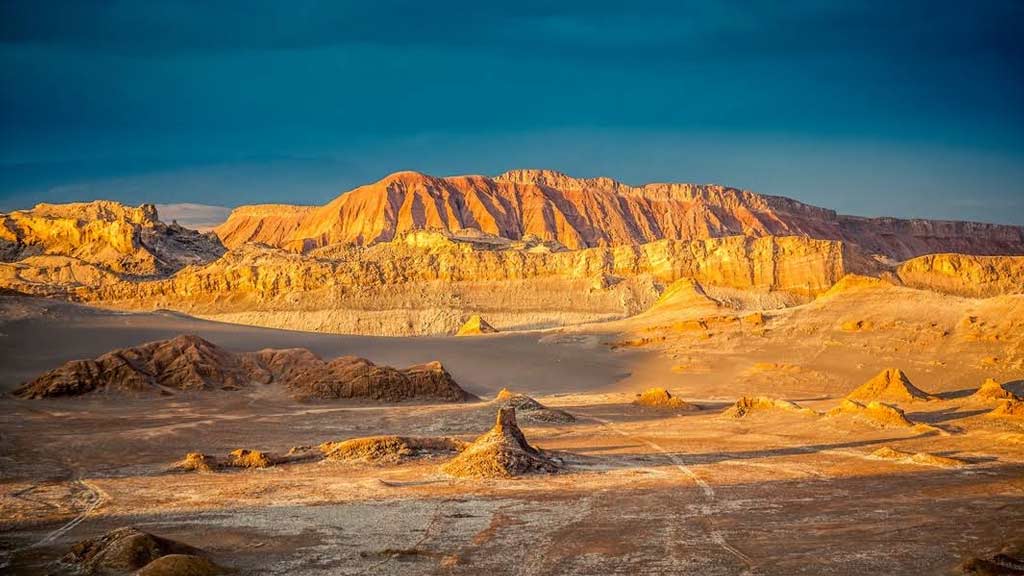
Situated between the Andes Mountains and the Pacific Ocean, the Atacama Desert is one of the driest places on Earth, with vast expanses of arid terrain and virtually no light pollution.
This unique combination of factors creates an optimal environment for stargazing, with crystal-clear skies and minimal atmospheric interference.
The Atacama Desert is home to several world-class observatories, including the ALMA (Atacama Large Millimeter/submillimeter Array) Observatory, which studies the universe at millimeter and submillimeter wavelengths.
3. Sahara Desert, Africa

Spanning across North Africa, the Sahara Desert is one of the largest hot deserts in the world and offers some of the darkest skies on the planet.
With its remote locations and minimal human habitation, the Sahara provides unparalleled opportunities for stargazing.
Visitors to the desert can witness the celestial wonders of the Milky Way, constellations, and meteor showers against a backdrop of towering sand dunes and ancient landscapes.
4. Aoraki Mackenzie Dark Sky Reserve, New Zealand
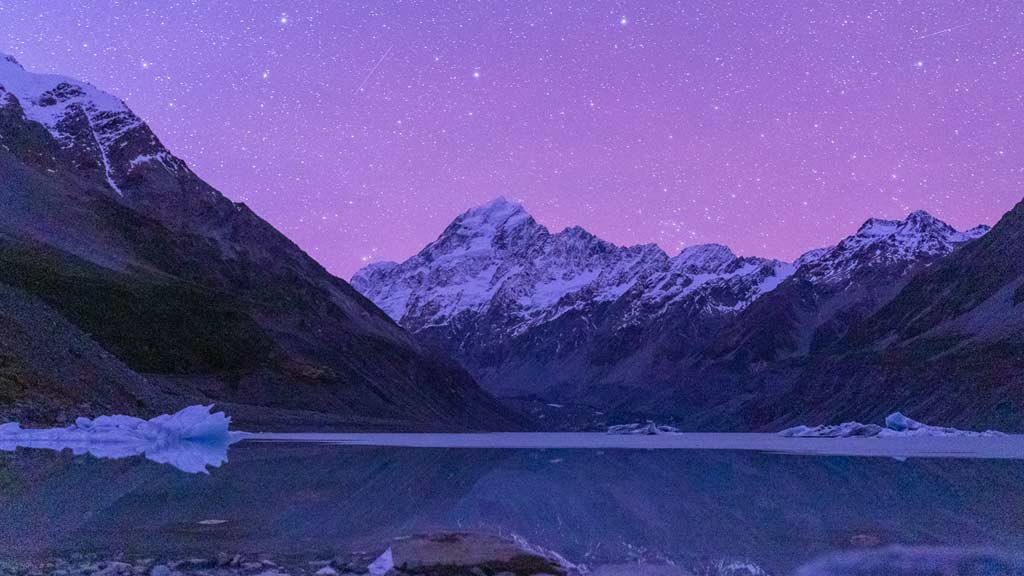
Situated in the heart of New Zealand’s South Island, the Aoraki Mackenzie Dark Sky Reserve is renowned for its exceptionally dark skies and stunning celestial displays.
Designated as an International Dark Sky Reserve in 2012, it is one of the best places in the world for stargazing.
Visitors can marvel at the Milky Way arching overhead, spot distant galaxies, and observe the Southern Cross and Magellanic Clouds with the naked eye.
5. Death Valley National Park, California, USA
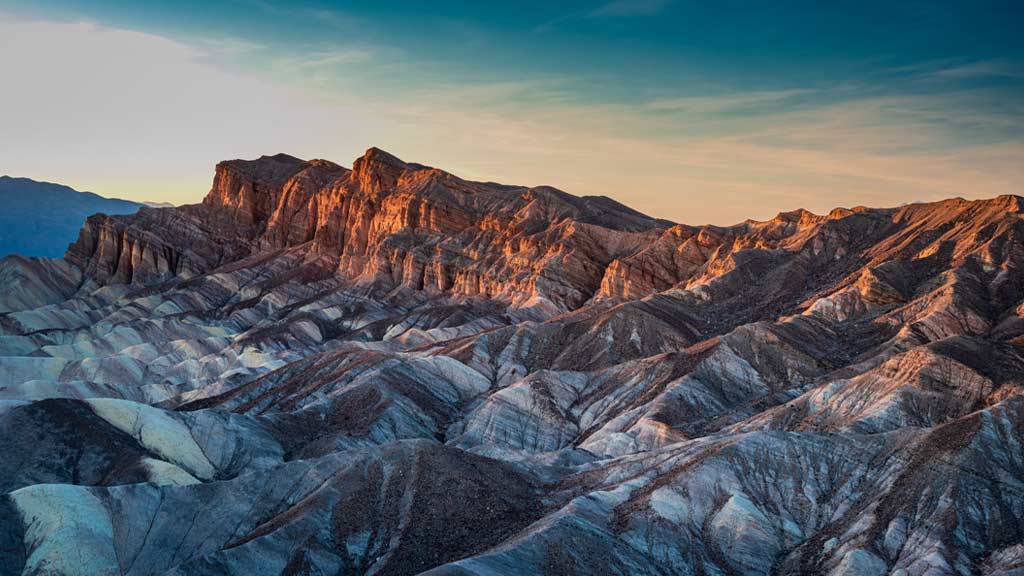
Despite its harsh environment and extreme temperatures, Death Valley National Park offers some of the most breathtaking night skies in the United States.
Away from the glow of city lights, visitors can experience the full splendor of the cosmos, from the brilliance of the Milky Way to the faint glow of distant galaxies.
The park’s unique geological formations, such as the towering Mesquite Flat Sand Dunes and rugged Badwater Basin, provide stunning foregrounds for astrophotography enthusiasts.
6. Jasper National Park, Canada
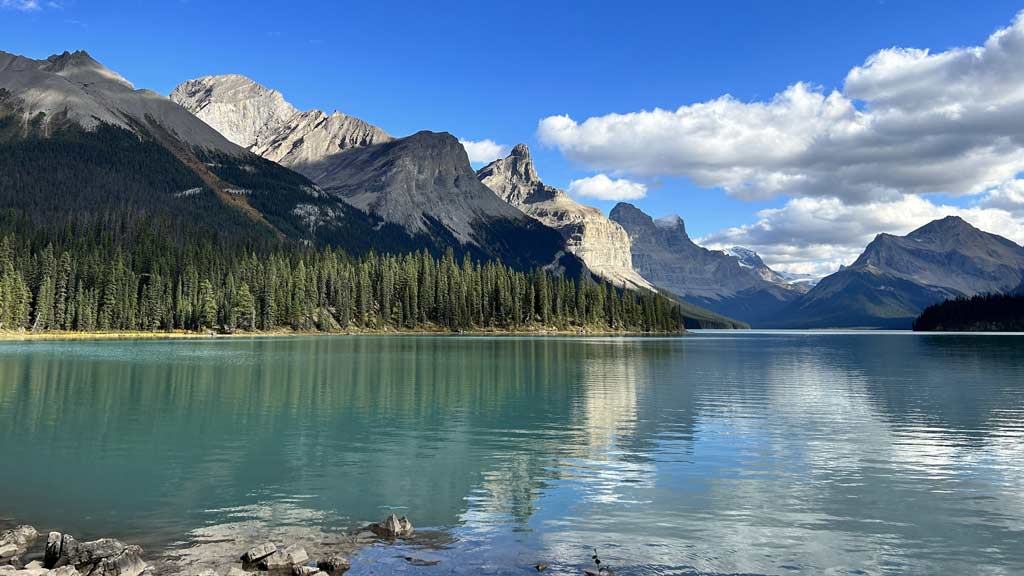
Located in the Canadian Rockies of Alberta, Jasper National Park is not only a haven for outdoor enthusiasts but also a paradise for stargazers.
Designated as a Dark Sky Preserve in 2011, it offers pristine night skies free from light pollution.
Visitors to Jasper can marvel at the beauty of the aurora borealis dancing overhead, as well as the countless stars of the northern hemisphere.
7. NamibRand Nature Reserve, Namibia
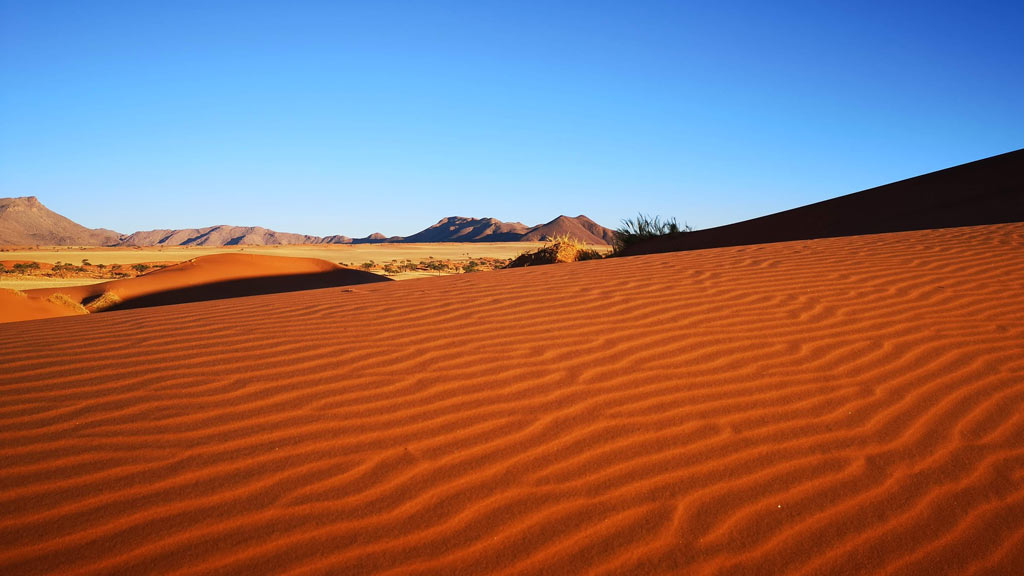
Tucked away in the vast expanse of the Namib Desert, the NamibRand Nature Reserve is one of Africa’s premier stargazing destinations.
As one of the continent’s largest Dark Sky Reserves, it offers unparalleled views of the southern hemisphere’s stars, planets, and celestial phenomena.
Visitors can enjoy guided stargazing tours led by knowledgeable astronomers or simply gaze up at the night sky in awe from the comfort of their accommodation.
8. La Palma, Canary Islands, Spain
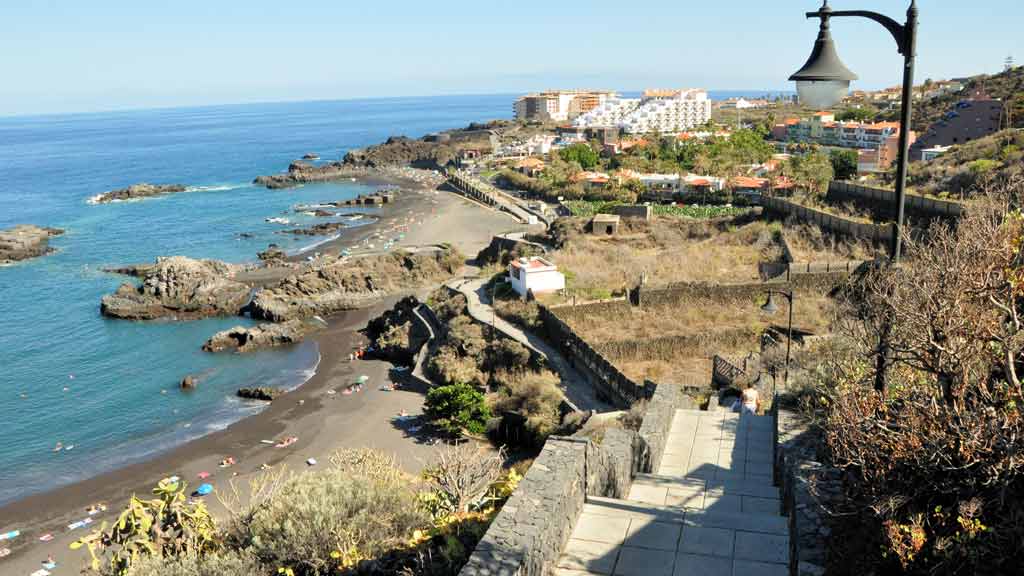
Known as the “Island of Stars,” La Palma is one of the best places in the world for stargazing.
Perched atop the rugged peaks of the island’s volcanic landscape is the Roque de los Muchachos Observatory, home to a collection of state-of-the-art telescopes and research facilities.
The observatory’s high altitude, clear skies, and minimal light pollution make it an ideal location for observing the cosmos.
Visitors can join guided tours of the observatory or simply find a secluded spot to marvel at the celestial wonders above.
9. Tenerife, Canary Islands, Spain
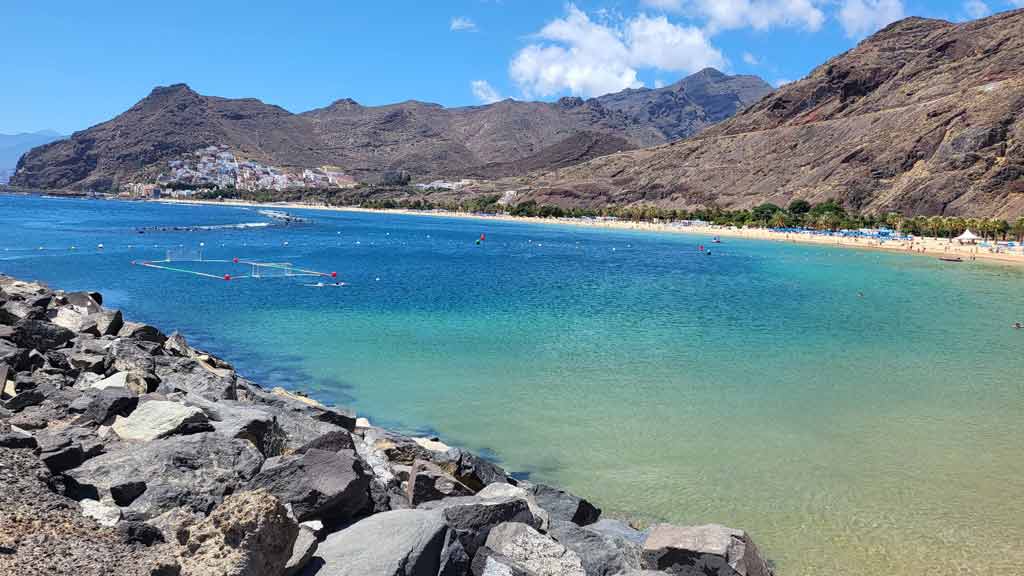
Another gem in the Canary Islands, Tenerife offers spectacular stargazing opportunities thanks to its clear skies and high-altitude observatories.
The Teide Observatory, located near the summit of Mount Teide, is one of the world’s premier astronomical research centers.
Visitors to Tenerife can explore the observatory’s visitor center, attend stargazing events and workshops, or simply relax under the stars in one of the island’s many designated stargazing spots.
10. Denali National Park, Alaska, USA
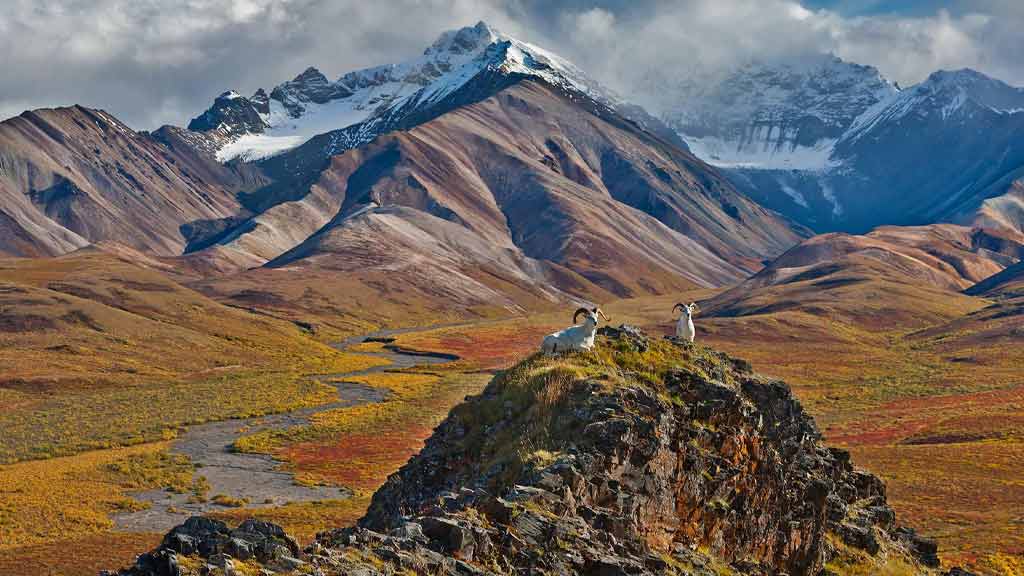
Covering over six million acres of pristine wilderness, Denali National Park is a paradise for nature lovers and stargazers alike.
Away from the light pollution of urban areas, the park offers unparalleled views of the night sky, including the dazzling aurora borealis during the winter months.
Visitors can camp under the stars, take guided night sky walks, or attend ranger-led astronomy programs to learn more about the celestial wonders above.
11. Lake Tekapo, New Zealand
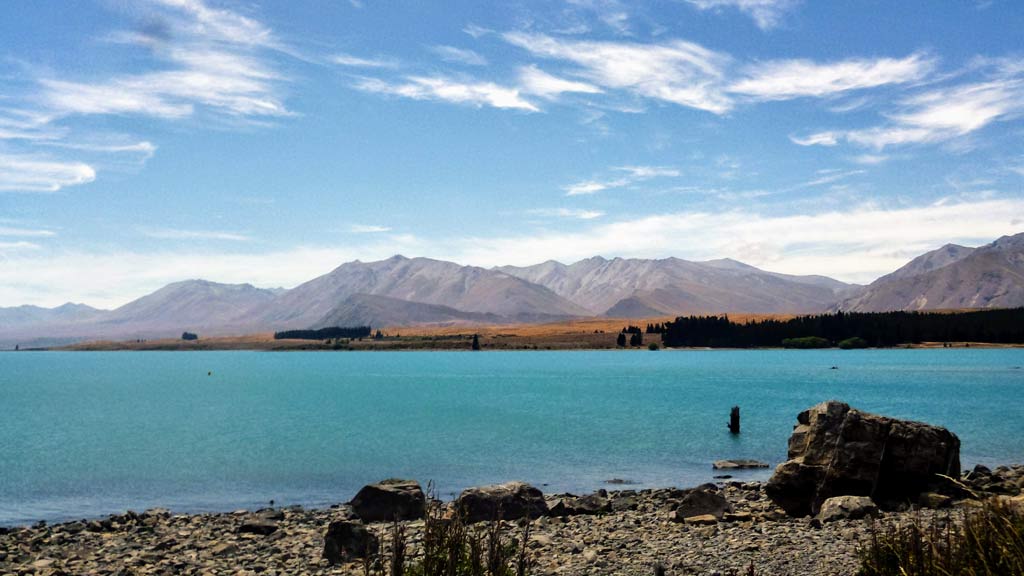
Situated amidst the stunning landscapes of New Zealand’s South Island, Lake Tekapo is renowned for its breathtaking night skies.
As part of the Aoraki Mackenzie Dark Sky Reserve, it offers some of the darkest and clearest skies in the southern hemisphere.
Visitors to Lake Tekapo can enjoy stargazing tours, visit the nearby Mount John Observatory, or simply relax in one of the many lakeside hot pools while admiring the stars above.
12. Kiruna, Sweden
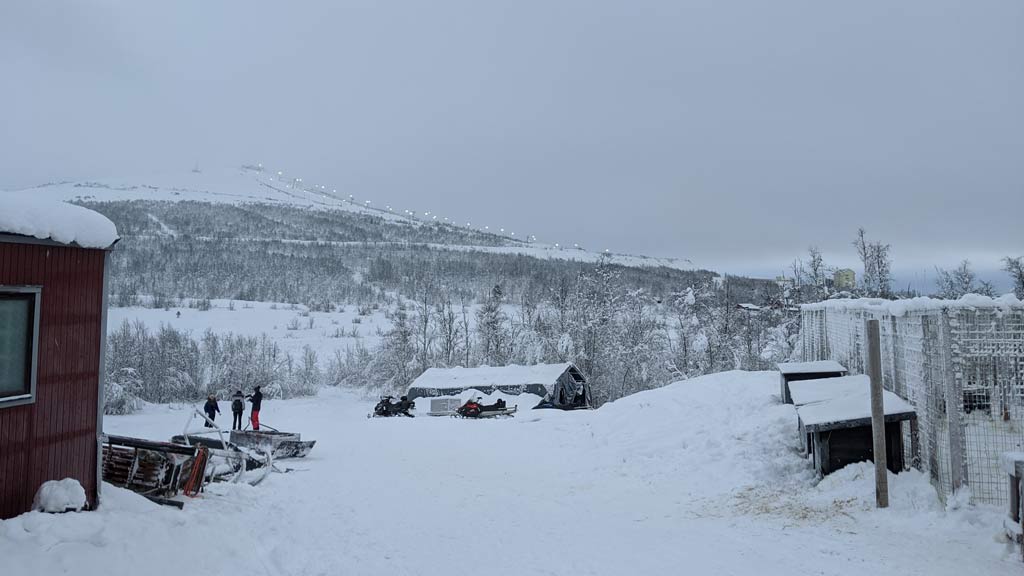
Situated in the heart of Swedish Lapland, Kiruna is one of the best places in the world to witness the mesmerizing aurora borealis.
During the winter months, the night skies above Kiruna come alive with vivid displays of dancing lights, casting an ethereal glow over the snow-covered landscapes below.
Visitors can start on guided northern lights tours, stay in cozy wilderness cabins, and immerse themselves in the magic of the Arctic night.
13. Galloway Forest Park, Scotland
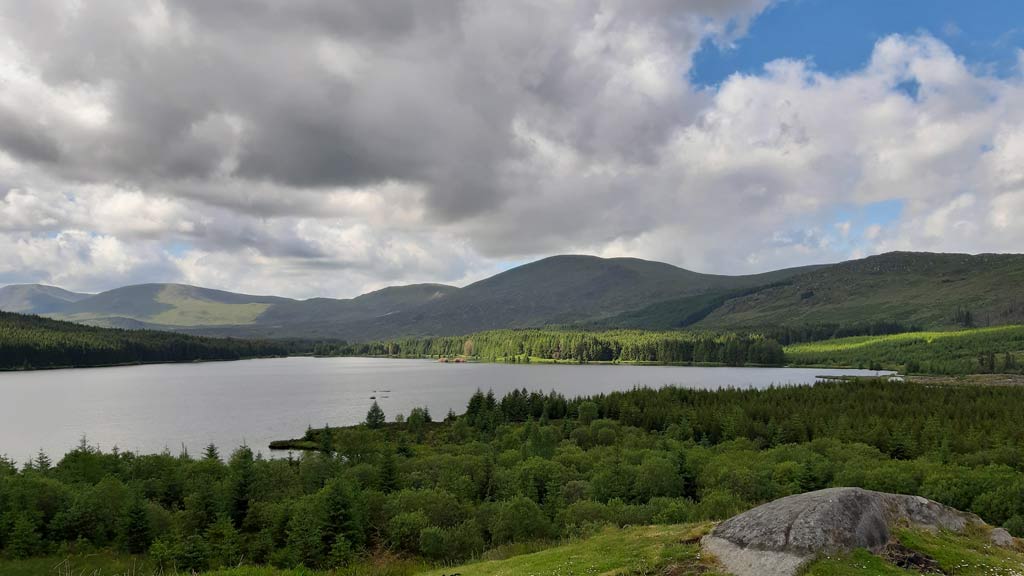
As the UK’s first Dark Sky Park, Galloway Forest Park offers visitors the chance to experience the beauty of the night sky without the intrusion of artificial light.
Situated amidst the rolling hills and ancient woodlands of southwest Scotland, the park boasts some of the darkest skies in Europe, making it an ideal destination for stargazing enthusiasts.
Visitors can explore designated stargazing sites, attend astronomy events and workshops, and even spot the occasional glimpse of the northern lights on clear winter nights.
14. Yosemite National Park, California, USA
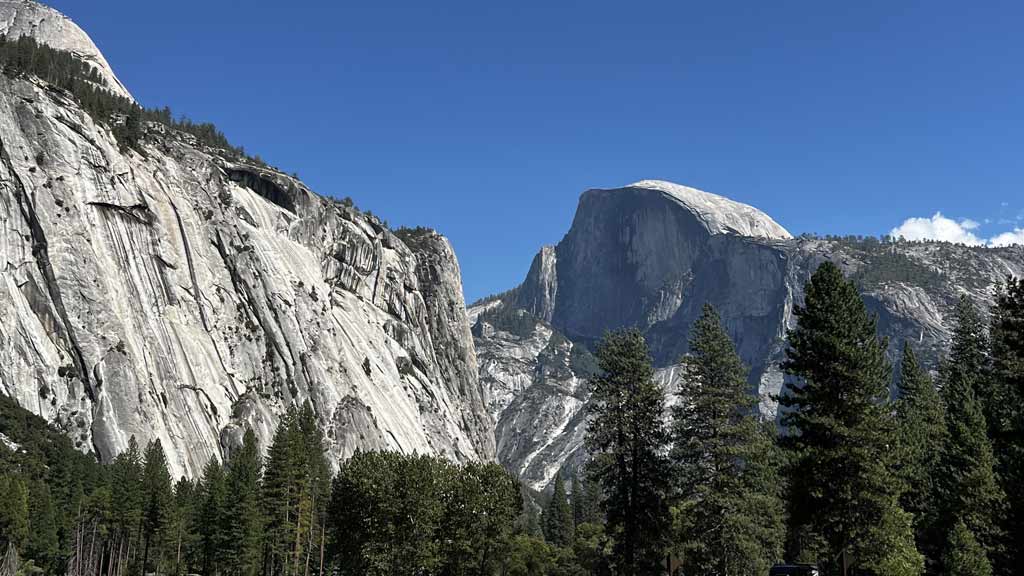
Famous for its towering granite cliffs, cascading waterfalls, and ancient sequoia groves, Yosemite National Park is also a haven for stargazers.
Away from the crowds of the valley floor, the park’s high-elevation viewpoints offer stunning vistas of the night sky, including the Milky Way stretching across the heavens.
Visitors can attend ranger-led astronomy programs, take guided night hikes, or simply find a quiet spot to enjoy the celestial show above.
15. Salar de Uyuni, Bolivia
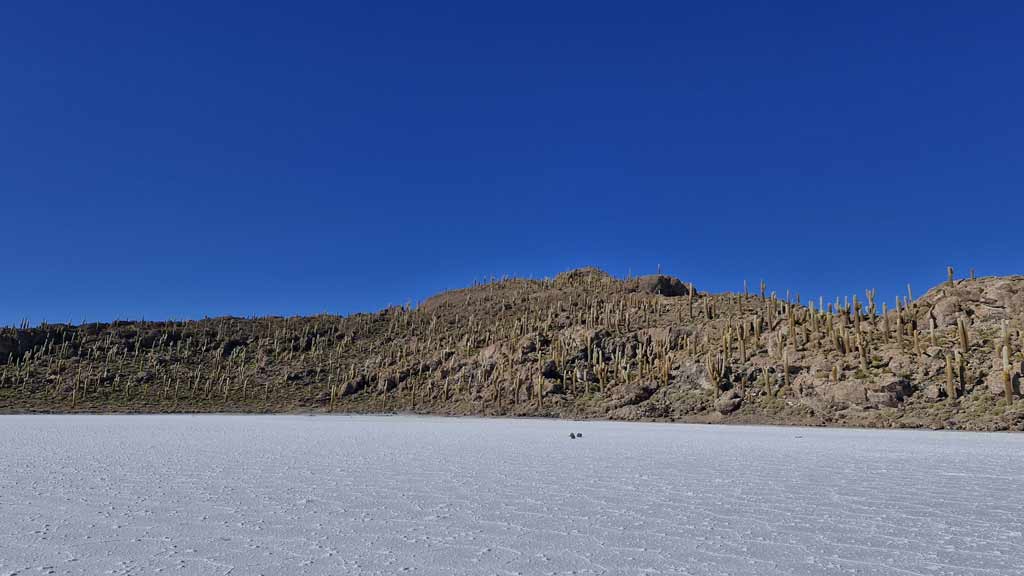
Stretching across over 4,000 square miles of the Bolivian Altiplano, the Salar de Uyuni is the world’s largest salt flat and a surreal landscape that offers incredible stargazing opportunities.
During the dry season, when the salt flats are free from water, the vast expanse of white salt crust reflects the night sky like a giant mirror, creating a breathtaking celestial panorama.
Visitors can take guided stargazing tours, camp under the stars, and witness the beauty of the Milky Way reflected in the mirror-like surface of the salt flats.
What Makes A Place Better for Star Gazing?
Several factors contribute to making a location better for stargazing:
Low Light Pollution
One of the most critical factors is the absence of light pollution from urban areas. Areas with minimal artificial light sources allow for clearer and more vivid views of the night sky.
Places far away from cities, such as deserts, remote mountains, or rural areas, tend to have darker skies, making them ideal for stargazing.
Clear Atmospheric Conditions
Clear atmospheric conditions are essential for optimal stargazing. Locations with low humidity, minimal cloud cover, and stable weather patterns provide better visibility of celestial objects.
Areas with frequent clear skies and low levels of atmospheric turbulence offer consistent opportunities for stargazing throughout the year.
High Elevation
Higher elevation locations typically have thinner atmospheres, reducing the amount of air between observers and the stars.
This reduction in atmospheric interference results in clearer and sharper views of the night sky. Mountain peaks, plateaus, and observatories situated at high altitudes often offer exceptional stargazing conditions.
Dark Sky Designations
Designations such as International Dark Sky Reserves, Dark Sky Parks, and Dark Sky Communities are awarded to areas with exceptional night skies and strict regulations to minimize light pollution.
These designated sites prioritize preserving natural darkness, making them ideal for stargazing enthusiasts seeking pristine celestial views.
Accessibility
Accessibility to stargazing sites is another crucial factor. Locations with ease of access, well-maintained roads, and designated stargazing areas make it convenient for visitors to enjoy the night sky.
However, remote areas with limited light pollution may require more effort to reach but often offer unparalleled stargazing experiences.
Astronomical Facilities
Proximity to astronomical research centers, observatories, or educational institutions can enhance the stargazing experience.
Visitors may have access to advanced telescopes, guided tours, educational programs, and expert astronomers, providing opportunities for deeper exploration of the cosmos.
Natural Beauty
The surrounding landscape and natural features can significantly enhance the stargazing experience.
Scenic vistas, majestic mountains, serene lakes, and rugged terrain offer stunning backdrops for observing the night sky. Immersing oneself in the beauty of nature while stargazing adds to the overall enchantment of the experience.
Safety and Comfort
Safety and comfort considerations, such as favorable weather conditions, absence of wildlife hazards, and availability of amenities like restrooms and accommodations, contribute to a better stargazing experience.
Comfortable viewing areas, seating options, and facilities for overnight stays allow visitors to enjoy extended stargazing sessions with ease.
FAQs
What makes certain locations ideal for stargazing?
Ideal stargazing spots typically have minimal light pollution, high elevation, and clear skies, providing optimal conditions for observing celestial phenomena.
Which factors should I consider when choosing a stargazing destination?
Consider factors such as light pollution levels, weather patterns, accessibility, and the presence of local observatories or guided tours to enhance your stargazing experience.
Can I enjoy stargazing without expensive equipment?
Absolutely! While telescopes enhance the experience, stargazing can be enjoyed with the naked eye or basic binoculars. Many stargazing locations offer guided tours with telescopes for visitors to use.
Are there specific times of the year that are best for stargazing?
The best time for stargazing depends on factors like the season, weather conditions, and the position of celestial objects. Generally, clear nights during new moon phases offer optimal viewing conditions.
Are stargazing destinations suitable for all ages?
Yes, stargazing destinations cater to a wide range of ages and interests.
Whether you’re a seasoned astronomer or a curious novice, there are experiences and activities available to suit everyone’s interests and abilities.
Naim Benmayor